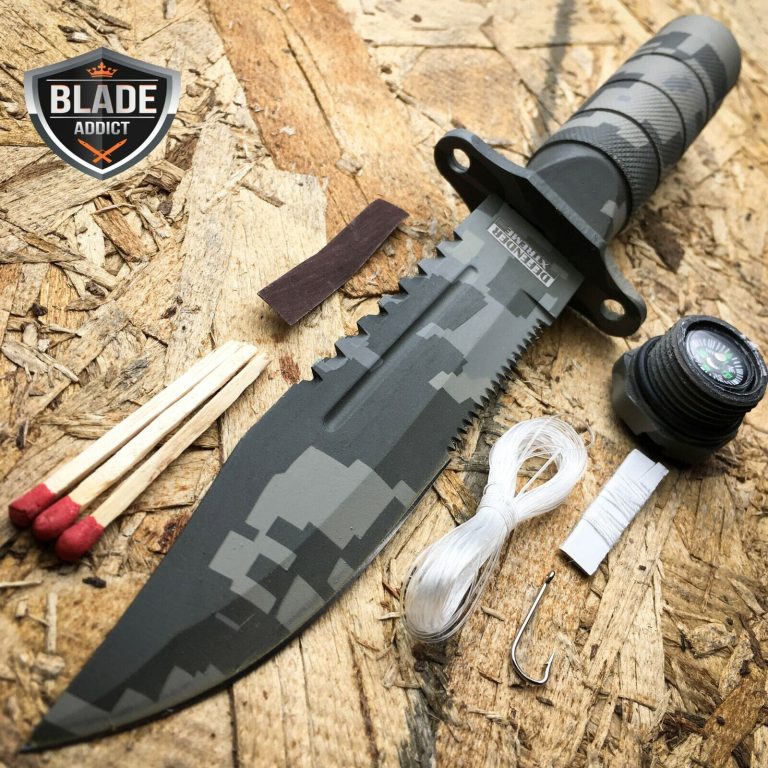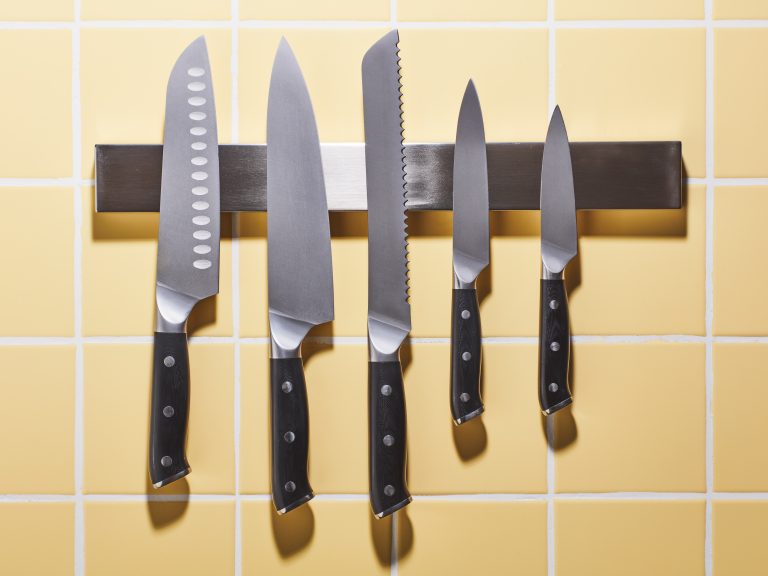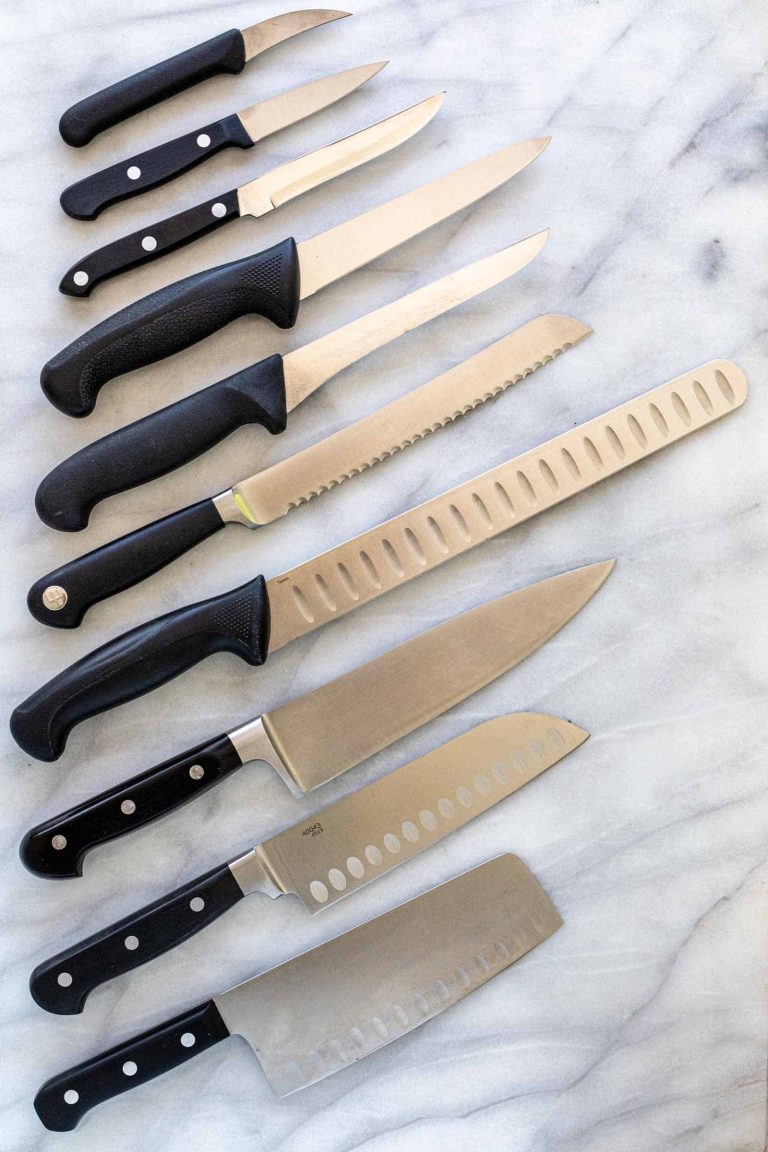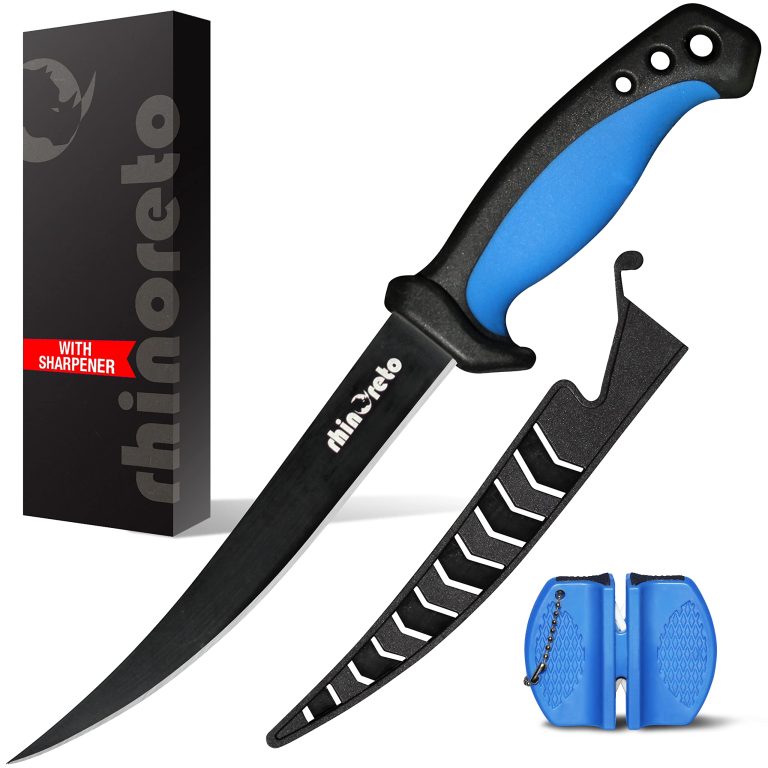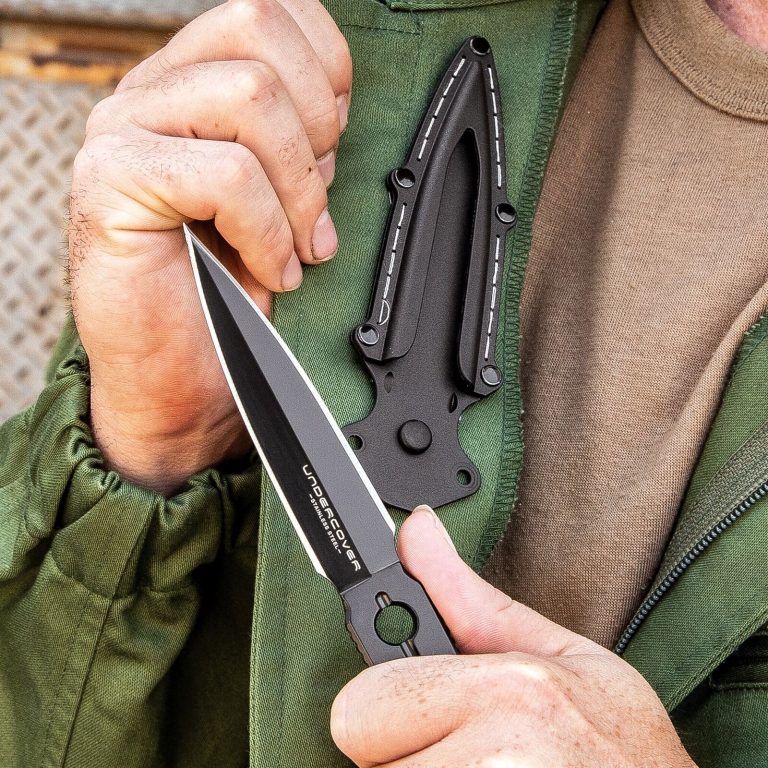How to Test Knife Sharpness
To test the sharpness of a knife, perform a paper test or a vegetable test. Simply cut through a piece of paper or a vegetable.
If the knife cuts cleanly and effortlessly, it is sharp. For a more detailed assessment, try cutting through different types of materials and examine the results. Proper knife sharpness is essential for efficient and safe cooking. A dull knife can make tasks more difficult, leading to accidents and imperfect cuts.
To ensure your knives are in top condition, regular testing of their sharpness is crucial. We will explore simple and effective methods to determine if your knife is sharp or in need of sharpening. These tests can be easily performed at home, providing you with accurate feedback on the sharpness of your knife. So, let’s dive in and learn how to test the sharpness of your knife!
Importance Of Testing Knife Sharpness
Importance of Testing Knife Sharpness:
- Sharp knives are essential for cooking as they greatly improve your cooking experience.
- Dull knives can pose several dangers while using them in the kitchen.
- Using a dull knife requires more force, increasing the risk of slipping and causing injury.
- When cutting with a sharp knife, the blade easily passes through ingredients, ensuring precision and even cuts.
- Preventing accidents and injuries is crucial to maintaining a safe cooking environment.
- Aside from safety concerns, sharp knives also enhance the taste and presentation of your dishes.
Visual Inspection
Visual inspection is an important step in testing the sharpness of a knife. It involves examining the edge of the knife blade for any visible nicks or imperfections. By carefully observing the cutting edge, you can assess the overall condition of the knife’s sharpness. Look for any irregularities or dull spots along the blade, as these can indicate a need for sharpening.
Paper Test
Testing the sharpness of a knife is essential to assess its effectiveness in cutting. One popular method is the paper test. To conduct this test, take a sheet of paper and hold it at a slight angle. Gently run the knife’s edge against the paper, starting from the base of the blade to the tip. A sharp knife will effortlessly slice through the paper, creating a clean and crisp cut. On the other hand, if the knife is dull, it will tear the paper rather than cutting it smoothly.
Analyzing the result will help you determine the level of sharpness. If the knife makes a clean cut, it is considered sharp. However, if the paper tears or the cut is jagged, the knife needs sharpening. Remember to perform the paper test periodically to ensure the quality of your knives.
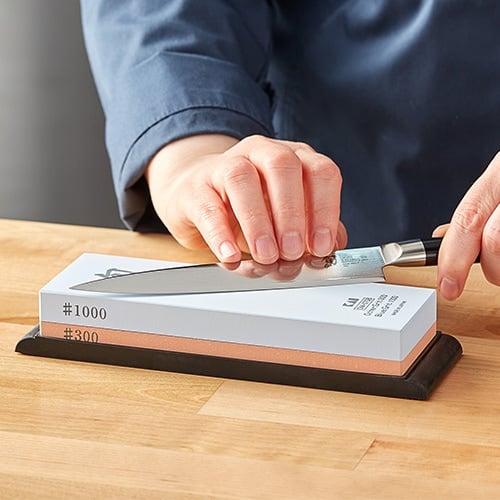
Credit: www.webstaurantstore.com
Tomato Test
When it comes to testing knife sharpness, the tomato test is a popular method. This test involves using a tomato to assess the sharpness of a knife. To prepare the tomato for the test, simply wash and dry it thoroughly. The tomato should be ripe but not overly soft.
To assess the knife’s performance, you should pay attention to the cutting technique. Start by gripping the knife firmly and positioning it at a 45-degree angle against the tomato skin. Apply gentle pressure and slice through the tomato in a smooth motion. A sharp knife will effortlessly slice through the tomato, creating clean and neat cuts. On the other hand, a dull knife will struggle and may crush the tomato instead.
Remember to take your time when performing the tomato test, as rushing can affect the accuracy of the results. By using this simple and effective method, you can easily determine the sharpness of your knife and decide if it needs any sharpening or maintenance.
Onion Test
| Onion Test |
|---|
| The role of onion test in evaluating knife sharpness |
Performing the onion test properly is essential to accurately evaluate the sharpness of a knife. To begin, slice an onion with the knife being tested. Pay close attention to the ease with which the knife cuts through the layers of the onion. A sharp knife will effortlessly glide through, creating clean and precise cuts.
Interpreting the results of the onion test is crucial in understanding the sharpness of the knife. If the knife slices through the onion with minimal resistance, indicating a clean and smooth cut, it is an indication of a sharp blade. On the other hand, if the knife struggles to cut through the onion and produces jagged edges or tears, it suggests a dull blade.
By performing the onion test and analyzing the results, you can determine the sharpness of your knife. Regularly testing knife sharpness ensures optimal performance and safety in the kitchen.
Arm Hair Test
Arm Hair Test
Using arm hair as an indicator of knife sharpness
To determine the sharpness of a knife, one popular test is the arm hair test. This simple method involves using arm hair as an indicator. However, before conducting the test, it is important to prepare the arm properly. Clean the arm thoroughly and ensure it is free from any lotions or oils. Safety precautions are crucial when performing this test. It is advised to hold the knife firmly with one hand and gently place the blade against the arm’s hair, ensuring the blade is perpendicular to the skin’s surface. Avoid applying excessive pressure, just enough to graze the hair. If the blade effortlessly cuts the hair, it indicates a sharp knife. If the hair is merely pushed aside or gets stuck between the blade, it might be time to sharpen the knife.
Conclusion
Testing the sharpness of a knife is essential for ensuring optimal performance and safety in the kitchen. By following the simple techniques discussed in this blog post, you can confidently determine the sharpness of your knife. Start by visually inspecting the blade for any signs of dullness or damage.
Then, use the paper test to check how easily the knife glides through the paper. If it cuts through effortlessly, your knife is sharp. Alternatively, the tomato test provides a practical way to assess sharpness. A sharp knife should effortlessly slice through the tomato without crushing or tearing it.
Regularly testing the sharpness of your knife will not only improve your culinary experience but also prevent accidents. Remember to maintain your knife’s sharpness by honing and sharpening it regularly. With these simple techniques, you’ll be able to keep your knives in top condition, ensuring precision and efficiency in your cooking endeavors.

